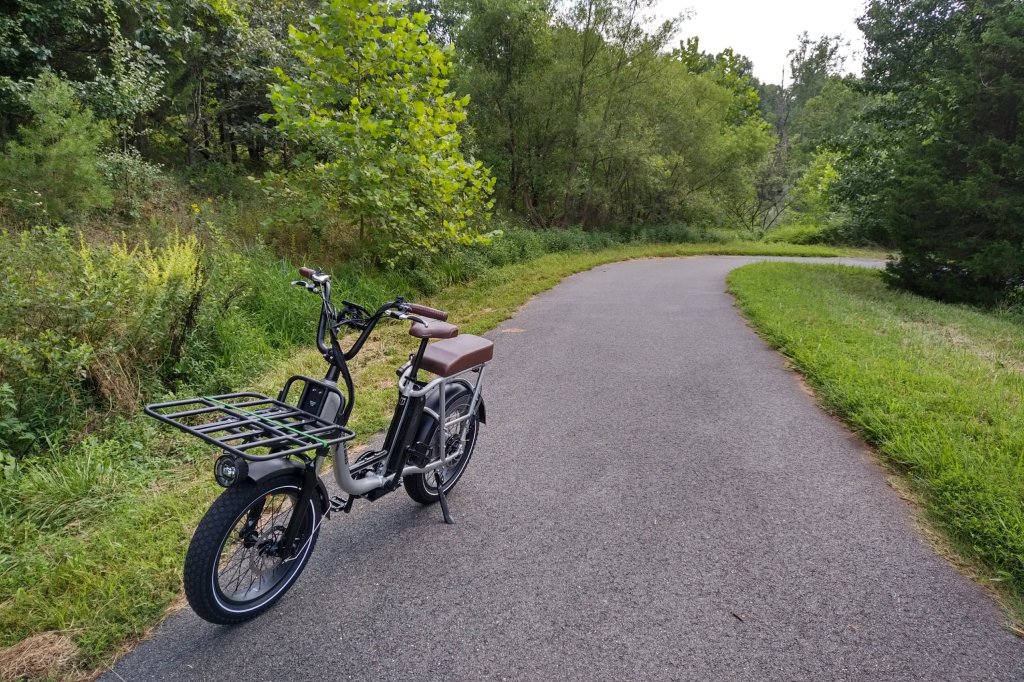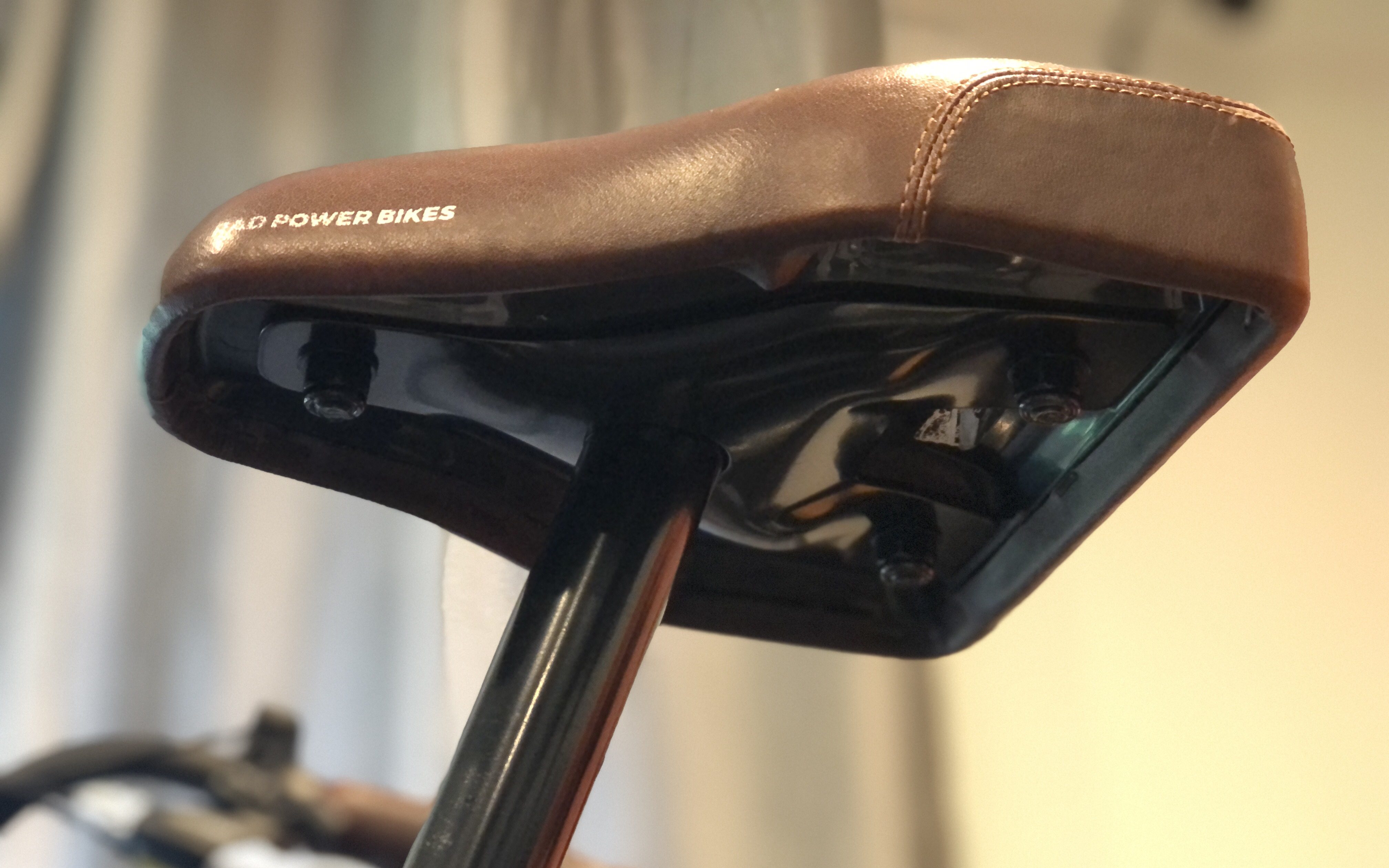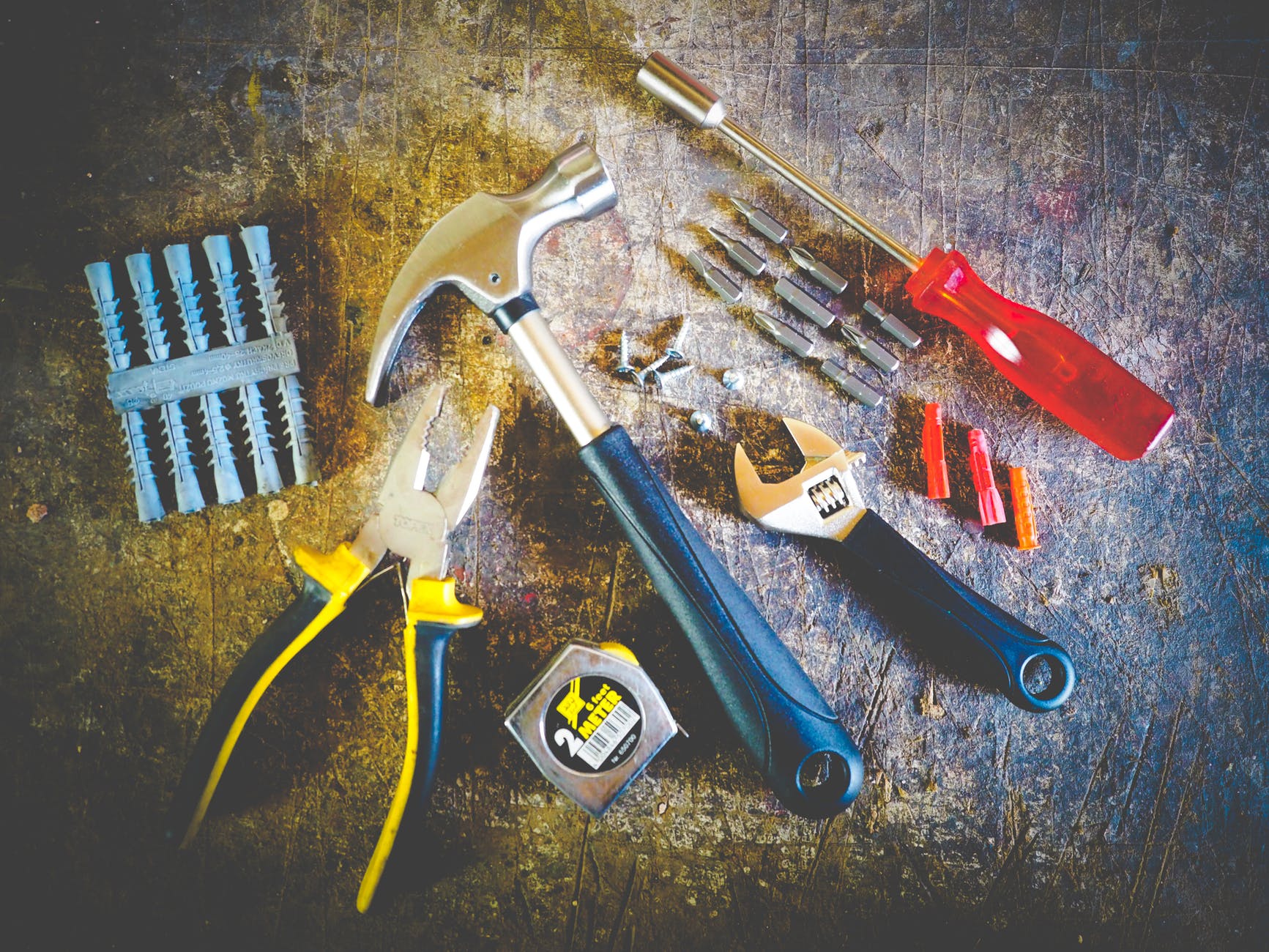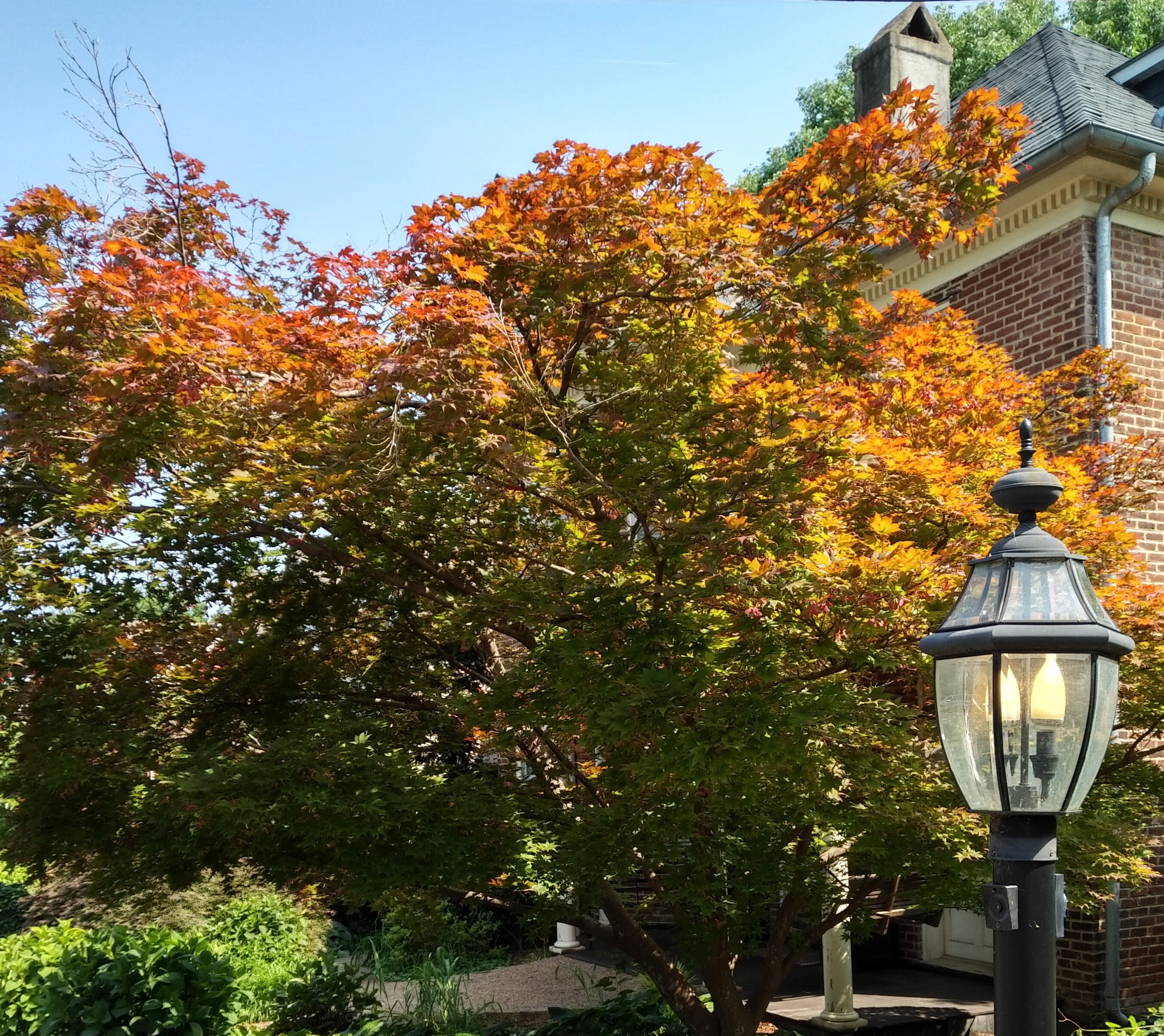
After having my RadRunner Plus for nearly two years, I thought it was time for a long term review. Getting an ebike isn’t a small financial decision, and I was both excited and a little nervous spending what I did to pre-order a brand new model of ebike. Some of you out there might be on the fence about whether to get an ebike yourself, so I hope this helps in some way.
From hauling groceries, taking things to the recycling center, selling crafts at the farmers market, or going to the park with my kid, the RadRunner Plus has made biking around town an option for me. The electric assist makes me feel much safer when having to contend with traffic since the speed differential is much lower than when I was still riding my traditional bike.
Riding the bike is still a little less convenient than driving a car around Charlottesville, but it is a lot more fun. I need to plan my routes more carefully than if I were driving, and parking the bike can be a hassle since most places have plenty of car storage but no place to stick a bike securely.
Bike theft isn’t a huge problem in Charlottesville, but an acquaintance and his wife had their RadRunner Plus and RadWagon stolen not too long ago, so I’ve been a little more anxious with respect to parking the bike lately. If you’re worried about bike theft, I’d recommend this episode of the Bike Here podcast.
I kept my bike in front of our townhouse under a motorcycle cover for about a year with no issues, but have since moved it inside. During that time I didn’t really ride the bike since we had the new baby, but everything booted right up when I plugged in the battery despite being out in all weather conditions. I’m not sure if that’s a point in favor of RadPower Bikes or the Pro Bike Tools cover, but good job either way.
There are still certain aspects of riding a bike in America that make it more difficult to just hop on and go versus driving. Helmets aren’t a huge inconvenience, but it’s an added bit of friction compared to taking the car. When I was just riding by myself, I didn’t always wear one, but now that I’ve got a tiny human on board, it’s helmets all around. Despite the inconveniences, I did have two errands last week that I think demonstrate how ebikes can be a great car replacement.

First up was an unexpected run to the pharmacy. I was thinking of taking the bus, but since the bus only comes once an hour it made more sense to grab the bike. While it took a little longer in travel time than driving, I suspect our time door-to-door was similar since there is bike parking next to the pharmacy while the parking garage would’ve taken more time to navigate. The only worry I had was I hadn’t charged the bike and three trips into town stretched the battery to its limits. That’s a range of >25 miles in 80-92ºF (27-33ºC) weather hauling 250 lbs (113 kg) of humans around. I didn’t run the battery down all the way, so I don’t know how much further we might have been able to go. The battery did go empty on my way back from a grocery run before, and I do not recommend it unless you’re really looking for a new fitness regimen.
The second trip was to pickup our CSA from the farmers market. My child and I normally take the car after my wife gets home, but she wasn’t going to be back in time for us to make the farmers market before it closed this time. Ebike to the rescue again. All the vegetables fit in the front delivery bag along with a couple other items I picked up while we were there. Even in the 80s with 76% humidity, the ride was comfortable since on the bike you’ve got a breeze when you’re moving. I think I needed more cooldown time at the end than if I’d driven, but, since the car would have to cool down before it was comfortable, I wasn’t any sweatier if we’d driven.

The only complaints I have about the RadRunner Plus are the uncomfortable stock seat, the poor options for mounting the headlight if you have a front rack, and the flimsy kickstand. Definitely DO NOT step away from the bike with a kid onboard! I’m looking for a better kickstand solution, but my first pick, the Ursus Jumbo, doesn’t work on 20″ bikes. I decided to give it a go despite the manufacturer recommendations, and I can confirm it doesn’t fit the RadRunner Plus.
If you’re on the fence about getting an ebike, I think you’ll really be impressed what they can do. They are definitely going to be part of our solarpunk future. I really like the RadRunner Plus, but everyone’s needs are a little different. You can’t haul more than one other person on this bike, so that might sway you one way or the other for a RadRunner vs a RadWagon if you’re looking at entry-level cargo bikes. If you’ve got a bigger budget, I’ve heard great things about the Tern and Urban Arrow bikes some people have here in town. I was incredulous when people said having an ebike is a game changer for getting around in a city, but they were totally right.
Do you have an ebike or cargo bike you love? Let us know down below!
If you’d like to support the blog, use our referral link if you’re going to buy a bike from RadPower or check out our page on Comradery, a cooperatively-owned patronage platform.















